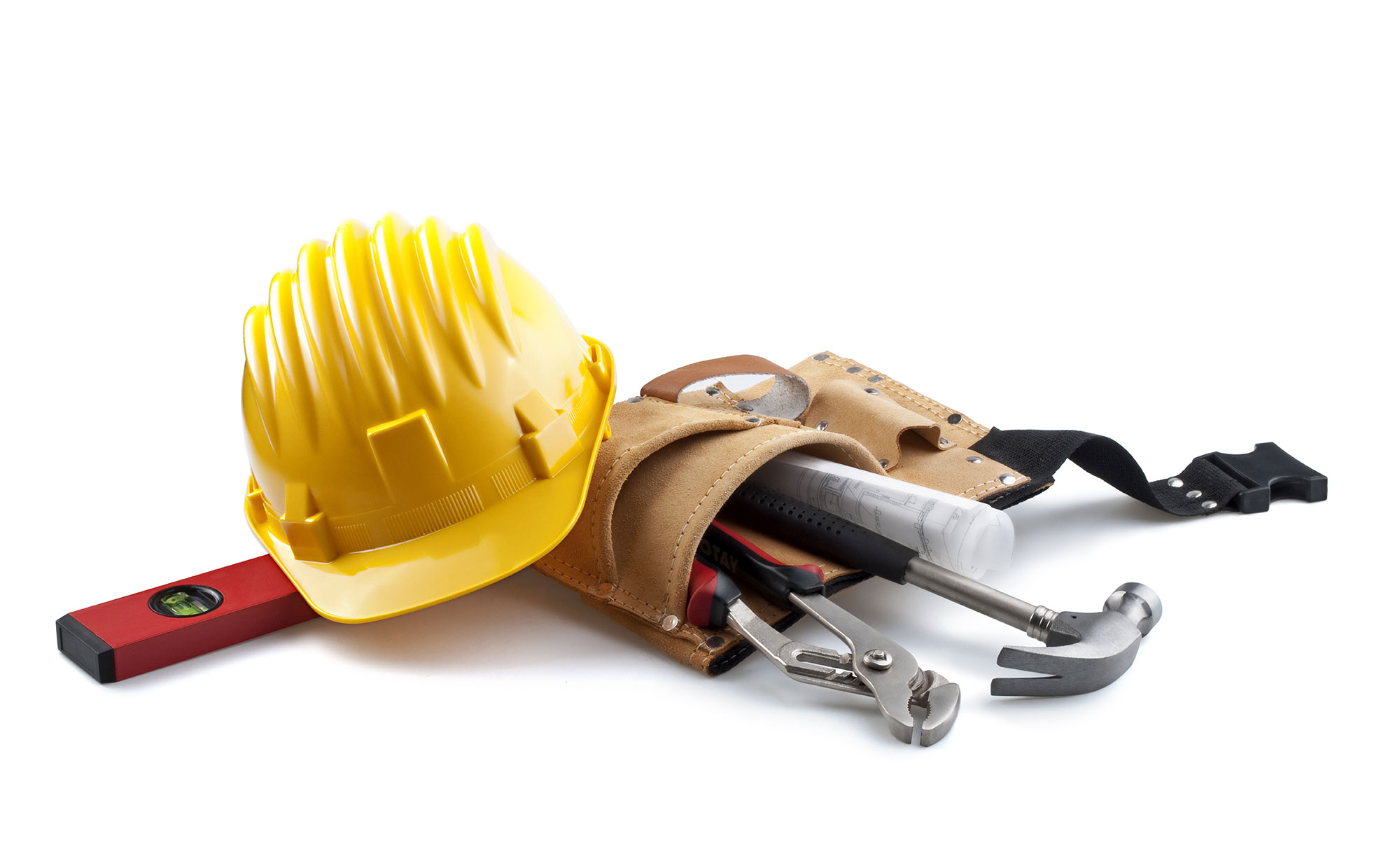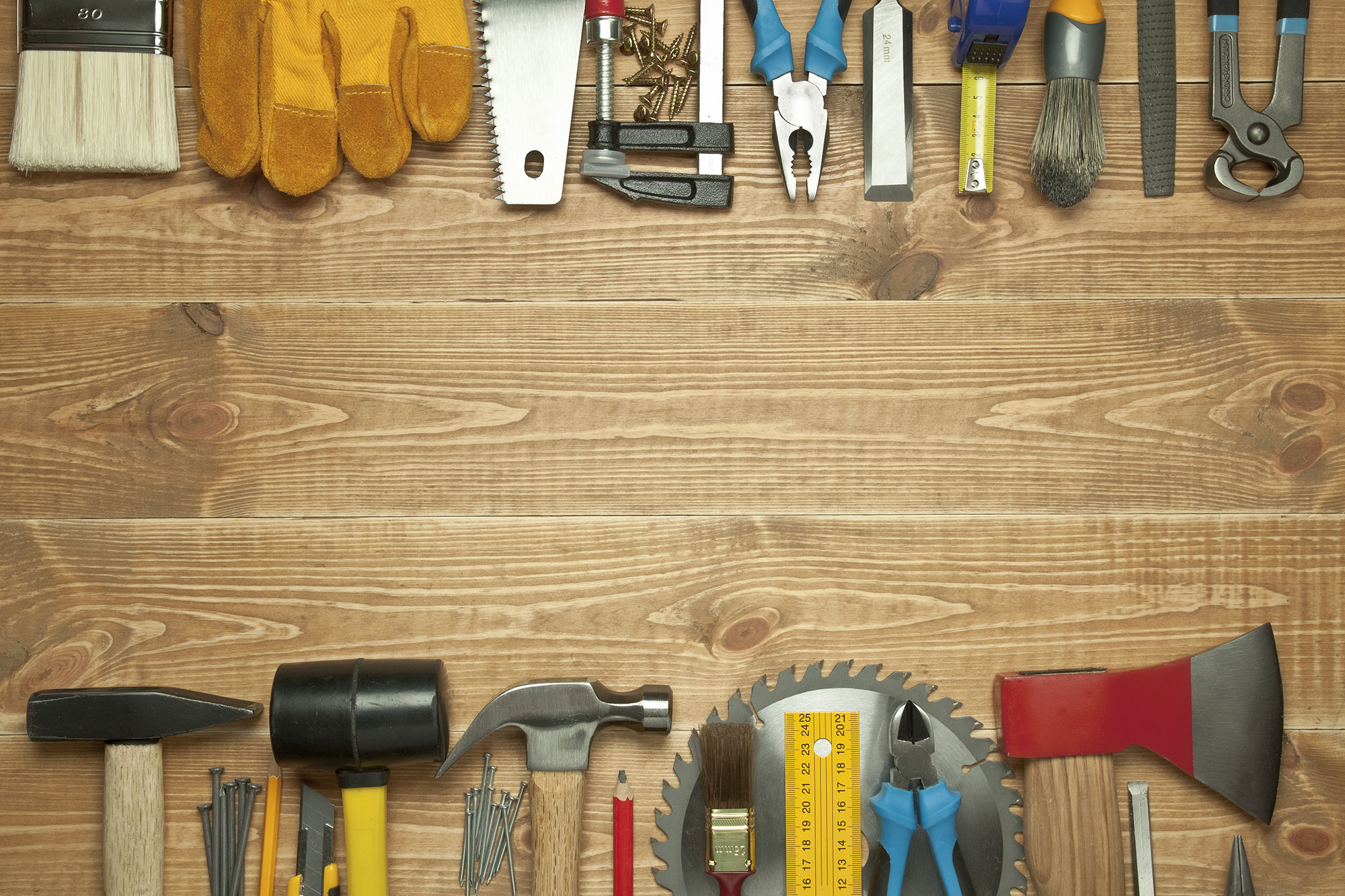CARE, HANDLING & STORAGE OF PW PRODUCTS
PW products should be handled in the same manner as fine finish lumber, which can warp out of shape if not stored in a flat, straight, dry condition before installation. Please follow all PW guidelines carefully.
CUSTOMER RESPONSIBILITIES
Provide clear delivery truck access to the desired off-loading site.
Provide assistance unloading large deliveries and materials requiring more than one person to handle safely and efficiently.
Perform a thorough product inspection and inventory confirmation at the time of delivery.
PW will not be responsible for material defects once the products are installed.

CARE, HANDLING & STORAGE GUIDELINES
- Wash hands thoroughly before handling.
- Exercise care not to mar finish surfaces when unpacking delivered products.
- If re-stacking, replicate original packing conditions as closely as possible, including the use of all protective padding materials.
- When carrying long, flat-stock lengths, sudden uplifting from near the center point may cause the material to snap.
- DO NOT lean profiles vertically against a wall, as this can cause permanent warping and/or compression cracks in the finish surface.
- Always store profiles in a flat, dry, clean, above-ground location protected from harsh sunlight, rainfall, snow, ground moisture and job site contaminants.
- Stack all PW materials straight and flat. Any twisting or bowing of stacked materials can become permanent.
- Fragile fabrications, like arches, must be well secured to flat, rigid panels until ready for installation.
- Keep products well protected from all water sources to ensure the driest possible surface for adhesive and sealant adherence.
- Protect PW shapes from freezing and excessive heat prior to and during installation. DO NOT store under tarps in direct sunlight.
- Use only non-staining packaging or covering materials when storing or protecting PW products. Standard cardboard can cause stains when wet.
- Respect Murphy’s Law. Store fragile, easily damaged materials in a secure place.
- To ensure crisp, clean saw cuts, a separated-tooth diamond tipped or masonry saw blade is highly recommended.
- Avoid contact with solvents, oils, grease, paints & stains.
- ALL PW INSTALLATION INSTRUCTIONS MUST BE CAREFULLY FOLLOWED TO PRESERVE YOUR PRODUCT WARRANTY.
PRE-INSTALLATION INFORMATION
Patterson Whittaker products are designed to be installed by crafts-persons with basic carpentry, plastering, or masonry skills and require only common tools and equipment.
Please take the time to thoroughly review all available care, handling and installation documents and confirm that site conditions, design layouts, and PW products are correct. Resolve any questions or problems before proceeding!

PRECAUTIONS
- Obtain all necessary permits.
- Observe all applicable building regulations for this type of product.
- Have necessary insurance coverage in force before performing the work.
- Follow the project’s construction documents, such as architectural drawings, specifications, addenda, correspondence and other related information.
- Observe PW’s policies, including these specifications and any related documents applicable to PW profiles and/or the project.
- Observe PW’s instructions for methods of attachment of the shapes and for the interface between the shape, substrate and adjacent materials.
- Variations from PW’s standard guidelines for the methods of attaching or detailing the shapes must be obtained from PW or its authorized agent, in writing, prior to installation.
SUBSTRATE CONDITIONS
Attachment surfaces must meet the following requirements:
- Clean, dust, and efflorescent-free.
- Above grade.
- Dry prior to installation and to remain dry for 24 hours.
- Temperature above 40ºF and to remain so for at least 24 hours.
- Must not be painted, sealed or stained.
- Must not contain waterproofing coatings or release agents.
- Should be smooth and flat, within 1/8” per 4’, when measured in any direction with a 4’ straight edge.
If substrate contains structural seams, such as expansion joints, PW shapes should also be jointed at such locations. Shapes may be installed over most surface control joints, but your architect or building envelope specialist should be consulted for verification.
Applied materials must not be subject to strong motion, vibration or wind forces while the adhesive is setting.
The wall assembly, of which the substrate is a part, must be a code-compliant wall of its own right, including adherence to such basic properties as structural integrity, durability, fire and weather profaneness.
ACCEPTABLE SURFACES
The following exterior surfaces are acceptable:
- Concrete
- Brick
- Unit masonry
- Stucco
The following interior surfaces are acceptable:
- Drywall
- Dens-Glass Gold
- Exterior Grade Gypsum Sheathing
- WR and MR board
- Plaster
- Any of the above outdoor wall surfaces.
MANUFACTURING TOLERANCES
Finish products have manufacturing tolerance variations up to 1/8” for any given dimension. Coating thicknesses may also vary.
PW stucco, paint and interior grade finishes may have minor blemishes and surface cracks requiring touch-up before final coating.
PW stone finish products contain mineral aggregates with natural variations in both color and grit size. While great care is taken to attain uniformity of color and texture, variations often exist, even within the same batch mixture.
SPECIAL LIABILITY NOTICES
Patterson Whittaker will not be responsible for material defects once the product is installed. Inspect shapes for damage, including straightness, color, texture, profile shape, dimensions, quantity, etc. Do not begin installation if damaged, or if products do not otherwise meet your desired standards.
Patterson Whittaker profiles are not intended for use as a primary weather barrier. PW profiles are meant to add aesthetic appeal as applied ornamental pieces only. To prevent moisture intrusion at windows, doors and other penetrations, flashing and caulking may be necessary behind, above, adjacent to, and below our profiles. See your contractor or building envelope specialist for specific details.
PW profiles are non-structural. Do not attach objects to our products. This especially includes the securing of hardware or other materials by screwing into or bolting onto the PW shape.
SAFETY PRECAUTIONS
When storing, handling and working with PW profiles, the following must be observed:
- Read and follow the instructions that come with the material, product or equipment being used, including operating instructions and MSDS sheets.
- Observe applicable regulations (local, federal, state, county and city) for use of products and equipment.
- The core of the shape is foam plastic (EPS) and is combustible, Do not expose to fire, open flame, welding or other heat producing devices. Laboratory testing data is available upon request.
- Be especially careful when using cutting devices. Always wear safety goggles.
- The process of cutting shapes creates moderate dust. Wear appropriate devices to prevent inhalation.
- Protect adjacent building materials, people, pets, furniture, shrubbery, cars, etc. from damage during the profile installation process.
- Some shapes can be heavy. If they fall or otherwise impact objects or people, they can cause damage or injury. This can occur while shapes are being stored, handled, cut or installed, including the period during which the attachment adhesive is setting.
- PW installation clips have very sharp prongs which can cause injury. Please follow all provided instructions carefully to ensure installers, co-workers and other job site visitors are well protected at all times.
EXTERIOR STONE FINISH INSTALLATION PROCEDURES
INSPECT MATERIALS and STUDY PRE-INSTALLATION INFORMATION
- Confirm materials ordered match shipment received, then carefully inspect all PW products for finish and dimensional accuracy. PW will not be responsible for defective materials once installed.
- Be certain wall surfaces are clean, dry, code-compliant and otherwise meet the conditions described in PW’s Pre-Installation Information.
LAY OUT YOUR DESIGN
Plan ahead! Confirm all assembly designs, including specific profile locations, joint spacing details and installation clip positions. Many experienced installers mark the full project layout directly on the substrate with a dark pencil to ensure design symmetry and allow for easy confirmation of material needs. As a general rule, the closer the segments are to a uniform length and the greater the symmetry of the applied shape pattern, the more pleasing the overall design will appear.
PREPARE WORK AREA
A flat, clean, dry workspace should be created and all required tools and supplies carefully organized. A stable and secure 4’ x 8’ plywood tabletop on sawhorses can provide an excellent work surface.
BASIC TOOLS REQUIRED
The following tools and equipment are recommended for typical installations:
- Compound miter saw (12″ compound miter slide saw with 12” segmented diamond blade is ideal)
- Extension cord 4′ x 8′ assembly table.
- Safety glasses, dust mask & other typical jobsite safety equipment
- All necessary scaffolding and/or ladders
- PW approved adhesive caulking
- Caulking gun
- 2′ “L” square
- Tri Square
- Large blade utility knife, with blades
- Hammer
- Level
- Chalk line
- Carpenter pencil
- Calculator
- Tape measure
- Clean soft cloth, mild soap, stiff nylon brush & water bucket for clean-ups
Optional extra tools:
- Hot glue gun and glue sticks. (Ask PW for recommended brand and sourcing)
- Hand saw
- 3 1/4″ galvanized nails
- 1 1/4″ galvanized roofing nails
- Fine grit sandpaper or sanding block (60 grit recommended)
- Rasp
- Tarps or plastic sheeting for weather protection and dust containment
- 1/2” x 2” notched trowel (for hand-mixed adhesive applications, like Primus)

ATTACHMENT OPTIONS
PW products can be installed in a variety of ways. The size and weight of the shape segment, desired installation location and site weather conditions are factors requiring varying approaches.
Attaching PW shapes with adhesives
PW-approved polyurethane adhesives provide exceptional bond strength and are fully warrantied for attachment to all PW approved substrates. These products provide tremendous adhesion, but may take from 3 to 24 hours to “set” to the point where they can safely hold the shape in position. After the adhesive is applied to the back of the shape (see Applying Adhesive to PW Shapes), hot glue is recommended to provide immediate attachment and will securely hold most shapes in place until the polyurethane adhesive has had a chance to sufficiently cure. The combination of quick-setting hot glue and the slower curing, but permanent, bonding of PW-approved adhesives is ideal for most casings, sills and other smaller-scale architectural details.
The use of hot glue is particularly recommended when outside temperatures fall below 55 degrees. Many installers also find it helpful during extreme weather conditions to use adhesive caulking that has been stored in a room temperature environment.
Attaching PW shapes with mechanical fasteners
PW’s installation clips (patent pending) attach to the building face and serve as temporary “support shelves” to suspend shape segments in proper position until the applied adhesive has cured enough to provide permanent adhesion to the building surface. PW clips are significant labor-saving devices, particularly for the installation of larger mid-bands, headers and cornice materials. They are also handy when temperature or other weather conditions adversely affect hot glue adhesion qualities.
Certain PW shapes, such as large-scale cornice and parapet segments, often include factory-installed “Z” and “L” bar metal strapping or EPS component support structures (patent pending). These attachment mechanisms allow for convenient fastening to upper walls and parapet structures.
ATTACHING PW INSTALLATION CLIPS
Preferred option
After carefully determining desired segment spacings and marking joint locations on the building wall, a small dab of PW-approved adhesive should be applied with a caulking gun to the desired installation clip location and smoothed down with a broad knife. The metal clip can then be firmly squeezed into the adhesive, with attachment prongs in a horizontal position to provide the best “shelf” until the adhesive fully cures. The clip should be installed so the tips of the prongs are elevated slightly from the base. Tapping the center of the newly installed clip with the back of the broad knife helps ensure that the clip fits snugly against the building face.
A small amount of adhesive may seep through the clip mounting plate as it is pressed into position. Excess adhesive that could harden before the PW segment is applied should be removed. Hardened adhesive on the clip surface can prevent the shape from fitting snugly against the base of the prongs.
When desired, hot glue may be applied to the clip to provide a quicksetting temporary bond. Hot glue will not provide permanent adhesion, so it should only be used in conjunction with PW recommended adhesives.
Do not begin product installation until the clip has cured enough to bear the full weight of the PW shape. As a rule of thumb, clips should support both ends of the segment and otherwise be placed 18” to 24” apart. Proper clip spacing will naturally vary with the length and overall mass of the segments.
Alternative option
PW clips may also be secured by applying a thin layer of PW approved adhesive directly to the back of the clip, then applying to the clean, dry building face once the adhesive becomes tacky.
Though effective, applying adhesive directly to the back of the clip with a caulking gun can be messy and may lead to excessive material oozing through to the face of the clip.
CUTTING PW PROFILES
A 12” compound miter slide saw with a 12” segmented diamond blade is ideal, but PW materials can be crisply cut with most standard saws designed for the accurate cutting of wood products. A fine edge sanding may be desired in some cases to provide a more rounded contour where segment ends transition into the grout joint.
In the event shape dimensions prohibit a complete cutting by the slide saw blade, the uncut segment face should be sliced with a sharp utility knife before finalizing the cut with a hand saw. This will prevent any tearing of the finish coating.
INSTALLING PW FOAM SPACERS
PW’s ¼” foam spacers (patent pending) should be inserted between fixed segments to allow for product expansion and movement. Apply a small dab of hot glue or PW recommended adhesive to the spacer and secure to the segment end. Be sure the spacer aligns exactly with the product core to ensure proper depth for later application of an approved grouting sealant.
If grout joints wider than ¼” are desired, closed-cell “backer rod” stripping should be inserted between the segments. It should be noted that many sealant manufacturers recommend that grout joints should never be deeper than they are wide.
INSTALLATION SEQUENCE
An “outside-to-inside” installation sequence helps assure level and symmetric assemblies. For window openings, PW factory-mitered outside corners and return sill ends should be installed first. Infill segments can then be cut from linear stock and inserted afterward. Experienced tradesmen use carefully applied chalk lines or flat bar leveling guides to ensure square and level installations.
PW stone finish products have slight natural color and texture variations. Care should be taken to randomly select segments for installation to help achieve a pleasing visual color and texture balance.
MAINTENANCE GUIDELINES
PW materials are remarkably durable and require very little maintenance.
Please observe the following guidelines when caring for your architectural details:
PW STONE FINISH PRODUCTS
Remove surface scuff marks by spot cleaning with biodegradable soap and a stiff nylon brush.
Periodically inspect materials to ensure all sealant and grout joints are intact; repair as required.
PW PAINT GRADE PRODUCTS
Because our paint grade products contain a special formulation that creates an actual chemical bond with acrylic-based paints, PW materials can provide years of added life over typical painted wood trim applications.
PW paint grade materials should be cleaned in the same way as any painted surface, which is generally with a cloth or soft brush and biodegradable soap.
IMPORTANT PRECAUTIONS
Never clean PW materials with a pressure washer.
Avoid contact between PW products and stains, grease, oils, and solvents of any kind.
PW profiles are non-structural. Do not attach objects to our products. This includes securing hardware or other materials by screwing into or bolting onto the shapes.
Take care to maintain all weather-resistant sealant joints along the top horizontal edge of exterior profiles. In order to maintain a proper pathway for water and moisture escape, NEVER seal the bottom edge of any PW profile.

